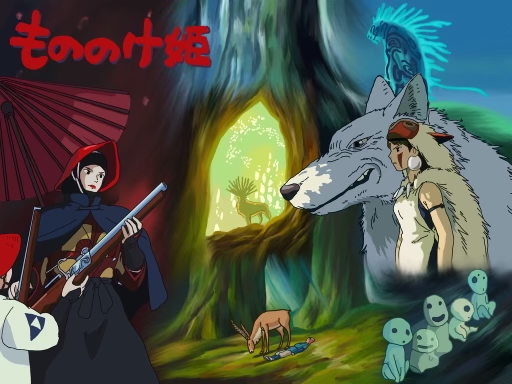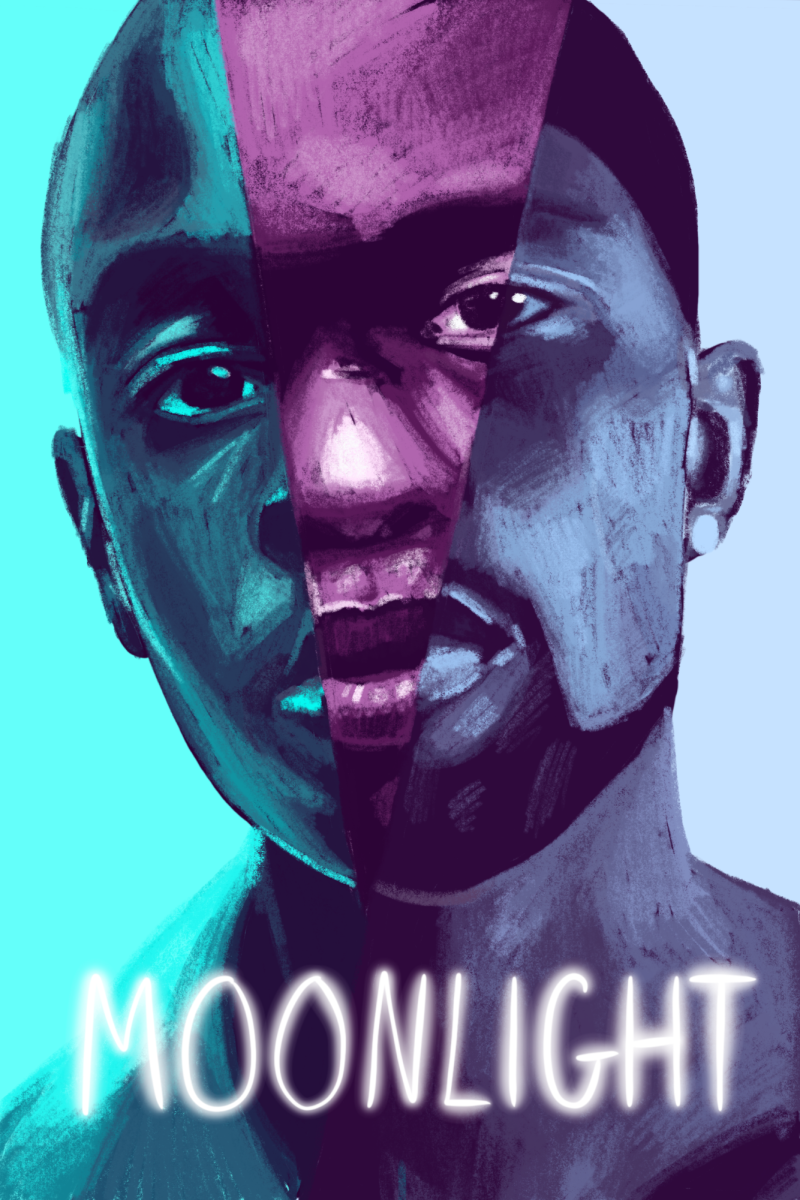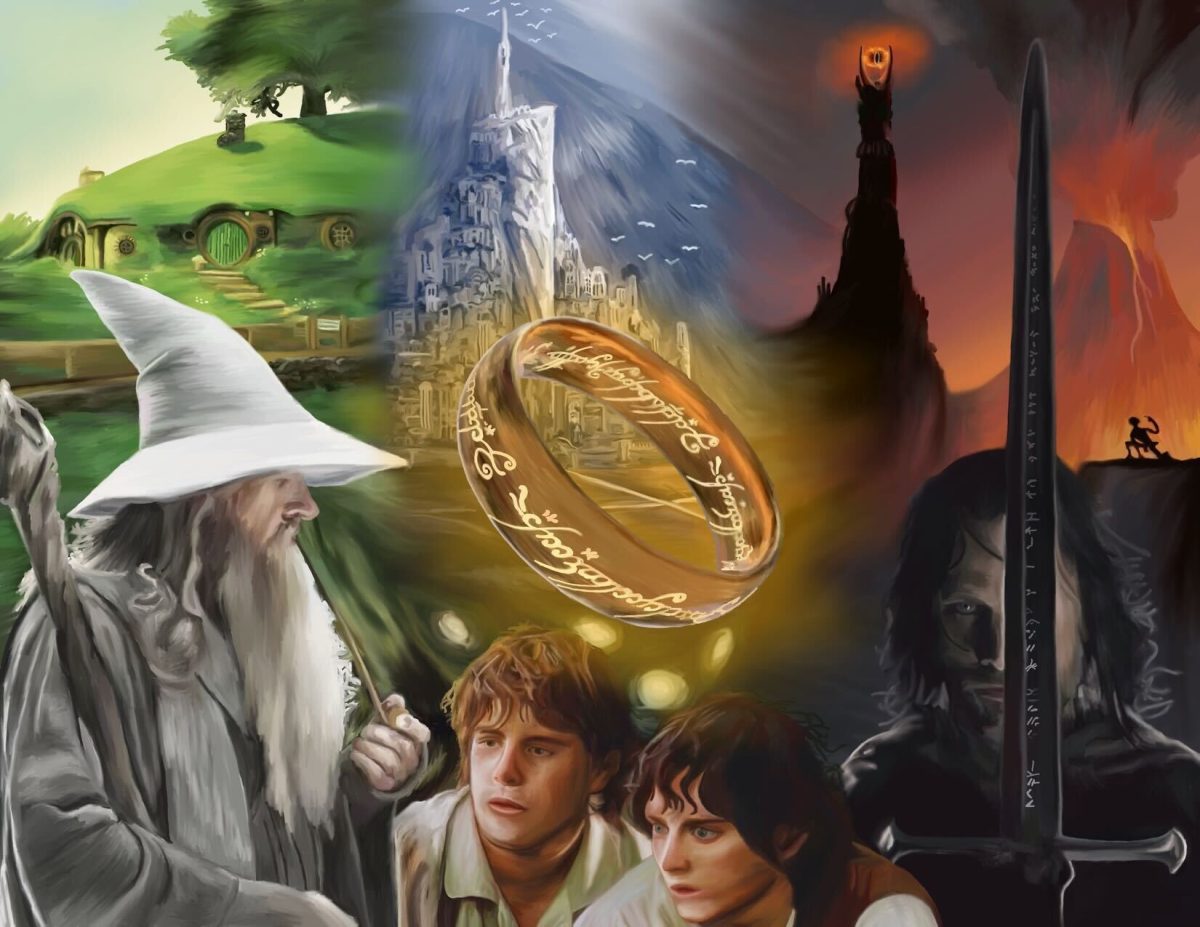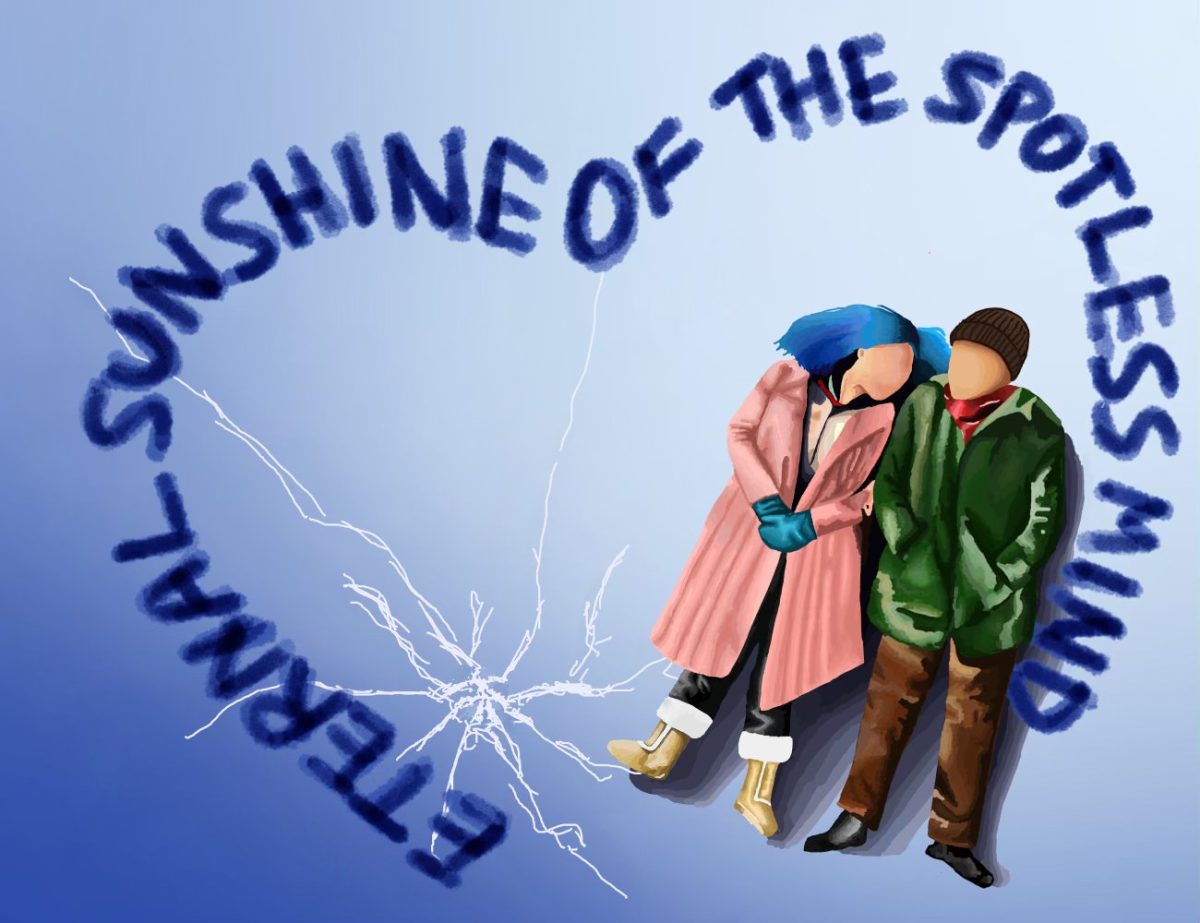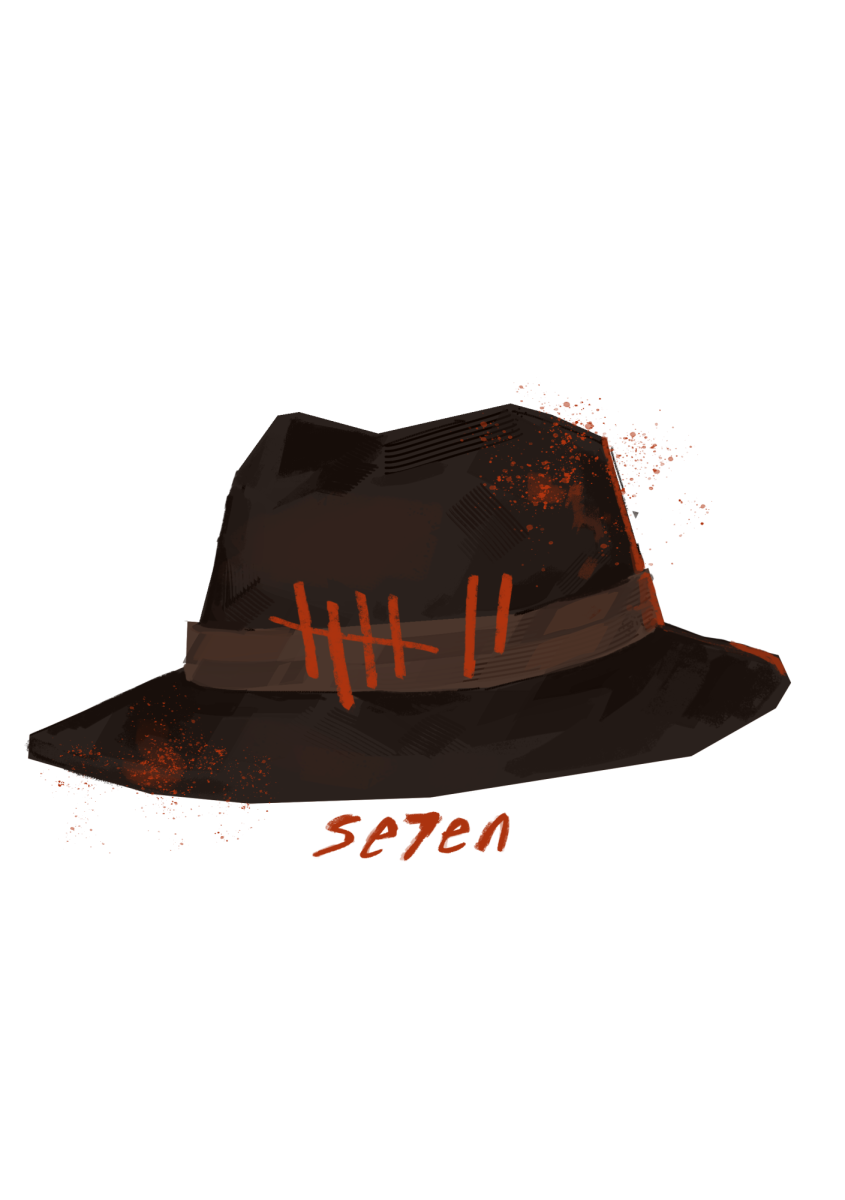This article is part of the “Retro Review” series. Each month, four films — united by a singular theme — are assessed. The theme for October 2023 is “slasher.”
Naming a horror film after Halloween, the scariest day of the year, is a bold choice, to be sure. However, it’s one that opens the project up to further scrutiny; it must prove that it’s worthy of the holiday.
Thankfully, it is.
As the spookiest month of the year comes to a close, so do this month’s slasher-themed retro reviews. Now, then, is a fitting time to take a look at John Carpenter’s timeless classic “Halloween” (1978).
The opening credits have a fall feel that could, weirdly, be described as cozy. Unlike other horror films, it’s not riddled with images meant to put viewers on edge before the film starts. Instead, it simply features flashing lights within a jack-o’-lantern as the actors’ names roll by; it makes for a satisfying introduction.
Carpenter then decides to kick it up a notch once the credits end, and the viewers descend into the chaotic introduction of Michael Myers himself. (To clarify, Myers was played by a whopping six actors in the film: Nick Castle, Tony Moran, Tommy Lee Wallace, James Winburn, Will Sandin and Debra Hill.) Viewers gaze into a household from someone else’s point of view as the character watches two teenagers mess around and say their goodbyes for the night.
The audience is then introduced to Myers’ iconic walk. Slowly but surely, he climbs up the staircase, a sense of dread and unavoidable disaster building, and enters a teenage girl’s room. “Michael!” she exclaims, as the killer brutally stabs her to death.
He walks outside as two adults drive up to the house. In an unexpected twist, it is revealed that the victim is Judith (Sandy Johnson) — Myers’ older sister — and that the two adults are his parents. This starts the film out on a fantastic high note, and the zoom-out shot with Myers’ parents staring in horror at their knife-wielding small child ends the introductory scene and insinuates the horror that comprises the remainder of the film.
The pacing of the film has to be acknowledged — this thing absolutely moves.
It’s got a tight runtime of 91 minutes, but much is accomplished. The worldbuilding, in particular, is superb; it’s easy to get lost in the environment of “Halloween” (1978). As a result, it seems he’s more focused on penning a gripping story with a fully realized setting than disorienting the audience with senseless, graphic murder.
Examples of this are all over the place.
Myers pops up in various places across Haddonfield, Illinois, haunting every teenager in his path; it is a blast to watch. The subplot of Myers’ mental institution doctor, Dr. Samuel Loomis (Donald Pleasence), is also captivating, as he frantically tries to find his lost patient while warning the town of the impending danger.
It’s just a complete film and, from beginning to end, viewers are fully invested.
There are only a couple of quibbles worth mentioning.
First, why does Laurie (Jamie Lee Curtis), a pretty normal high school student and the film’s protagonist, have to talk to herself, uttering some of the most cliche combinations of words ever? When Laurie and Annie (Nancy Loomis) are both babysitting on Halloween night (brutal luck, by the way), the latter drops off the kid she’s looking after with the former so she can go see her boyfriend. Once Annie leaves, Laurie turns and looks at the two kids she’s babysitting and says, “The old girl scout comes through again.”
No. Not having it with that line. This happens, what, one other time? And it’s not that big of a deal! That line is just… yuck.
Another thing: There are a lot of irresponsible actions in this film. One in particular, atrociously committed by the assumed parents of the kids Annie and Laurie were babysitting, was the candlelit pumpkins in the bedroom. In the house Annie was looking after, there was a lit pumpkin on the bedside stand. What? Just burn the house down at that point!
Also, Myers doesn’t knock over that pumpkin when slashing one of the kids in that bedroom, which the parents were surely thankful for.
But enough of the pickiness.
This film is essential and influential — it’s heart-pounding, thrilling, suspenseful and every other superlative in the book. Moreover, it’s one of the best directorial efforts from Carpenter and certainly his best score. To put it simply, the original “Halloween” captures the horror of the holiday perfectly.
Best of the month: “Halloween” (John Carpenter, 1978) — An extraordinary honor to its namesake.
Worst of the month: “Friday the 13th” (Sean S. Cunningham, 1980) — A brutal disrespect to its namesake.










